Cancer, in any of its myriad manifestations, is a terrible foe that claims the lives of millions of people all over the world. Anal cancer is one of the less often addressed kinds of cancer; yet, it continues to be a source of concern and fascination.
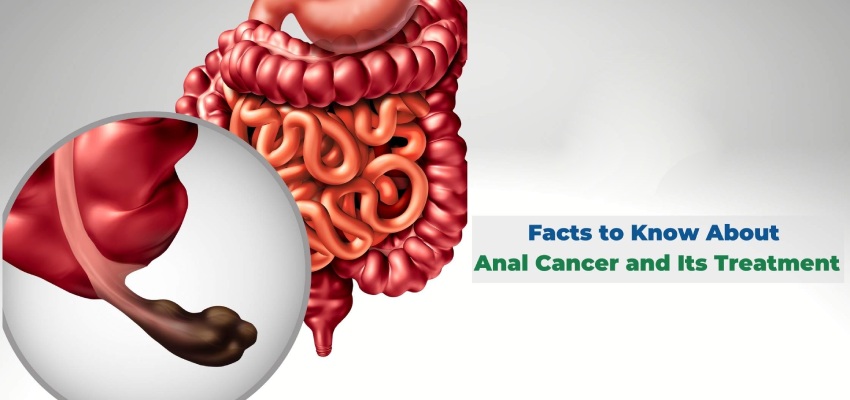
In this all-encompassing guide, we will dig into the complexities of anal cancer, including its causes, symptoms, diagnosis, treatment choices, potential cures, and the expenses connected with diagnostic procedures.
Acquiring Knowledge about Anal Cancer of the anus begins in the cells of the anus, which is the orifice at the end of the rectum through which stool flows. Cancer of the anus can spread to other parts of the body.
Since, like many other types of cancer, it can develop subtly and without any evident signs, early identification is absolutely essential. Let’s begin by examining some of the more important characteristics of anal cancer, which are as follows.
Introduction
Introduction Anal Cancer Treatment
About Disease
About Anal Cancer Treatment

Although the specific origin of anal cancer is not completely understood, the human papillomavirus (HPV) infection is the most prevalent risk factor associated with the disease. Additional potential dangers include the following:
- Sexual Behavior High-risk sexual activities, such as anal intercourse, can increase the possibility of HPV transmission, which can potentially lead to anal cancer if the infection is not treated.
- The risk of developing anal cancer increases with advancing age.
- Tobacco usage, including smoking, can reduce the effectiveness of the immune system and raise the risk of oral cancer.
- Individuals who have immune systems that are compromised, such as those who have HIV/AIDS, those who have received organ transplants, or those who use immunosuppressive medicines, are at a greater risk.
- People who have a family history of certain diseases, such as cervical or vulvar cancer, may have a greater chance of having anal cancer in their lifetime.
Have a look at keratin treatment price in India.
Indications and Manifestations
It might be difficult to diagnose anal cancer in its early stages since the symptoms frequently coincide with those of less severe illnesses. The following are examples of common signs and symptoms:

- Bleeding or discharge from the anus includes blood in the bowel movement or on the toilet paper as well as an abnormal discharge from the anus.
- Pain or discomfort recurrent pain, itching, or discomfort in the anal or rectal region. Pain or discomfort in the genital area.
- Alterations in Bowel Habits Unexpected shifts in bowel motions, such as diarrhoea or constipation, can be a sign of a number of different conditions.
- The development of lumps or growths around the anus. This condition is known as hyperplasia.
You can also look at mole removal cost in India.
Making a diagnosis
It is essential to get an early diagnosis in order to have effective therapy. If a healthcare professional suspects that a patient has anal cancer, they may suggest a number of diagnostic tests, including the following:

- During the physical exam, a complete inspection of the anus and rectum will be performed to look for any abnormalities.
- A tissue sample is removed during a biopsy for further analysis in a laboratory to determine whether or not malignant cells are present.
- Imaging tests these include CT scans, MRI scans, and PET scans, and they are used to identify the severity of cancer and its stage.
- A technique known as an endoscopy, an anoscopy involves inserting a thin, flexible tube with a camera into the anus in order to observe the anal canal and rectum.
- Endorectal ultrasonography this procedure involves inserting an ultrasonic probe into the rectum in order to determine the severity of the cancer and determine whether or not it has spread to the lymph nodes in the area.
- The healthcare team will be able to devise a suitable treatment strategy for the patient once the anal cancer has been detected and staged.
Get information about – Lasik surgery cost in India
Options for Treating Cancer of the Anal Mucosa
A mix of treatments that are specifically adapted to the patient’s unique diagnosis and stage of disease is often employed in the treatment of anal cancer.

The following are the key therapy options available to you:
Operations
Surgical excision is one option for removing malignant tissue and any lymph nodes that are in close proximity.
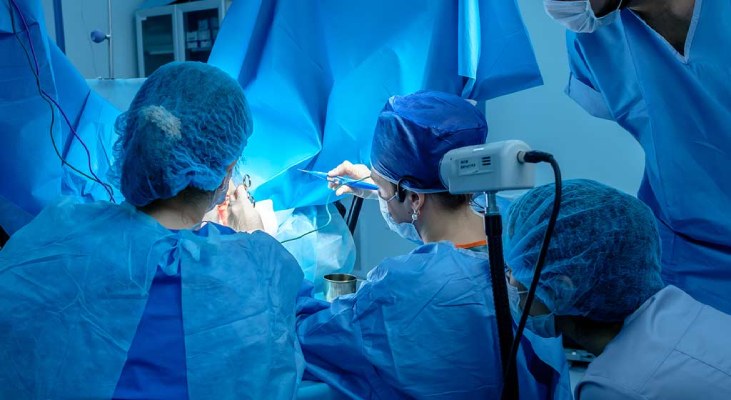
The amount of the operation is determined by the stage of the malignancy as well as the location of the tumour. The following are some of the surgical treatments that can be used to treat anal cancer:
- Excision on the local level refers to the removal of tiny tumours located close to the surface of the anal canal.
- Abdominoperineal Resection (APR) refers to the removal of the anus, rectum, and lymph nodes in the surrounding area, followed by the creation of a permanent colostomy.
- Wide Excision at the local level refers to the removal of tissue from a wider area surrounding the tumour.
- The removal of lymph nodes located close to the location of the tumour is known as lymph node dissection.
Explore more about – Plastic surgery cost in India
Radiotherapy or X-ray Treatment
- High-energy X-rays are employed in the process of radiation treatment in order to specifically target and kill cancer cells. It is frequently used with other forms of treatment, such as chemotherapy.
- Chemotherapy and radiation therapy are typically the first lines of defence against anal cancer. This treatment strategy is referred to as chemoradiation. Radiation therapy can either be delivered from the outside in or from the inside out using a device known as a brachytherapy implant.
The use of chemotherapy
- The use of chemicals in chemotherapy is intended to either kill cancer cells or inhibit the development of cancer cells.
- In order to maximise the benefits of radiation treatment, it is frequently administered at the same time as the radiation.
- The precise chemotherapy medications that are used and the treatment schedule are determined by the stage and kind of cancer being treated.
Treatment with a Focused Aim
- Targeted therapies are more recent treatments that zero in on certain molecules that are implicated in the progression of cancer.
- These treatments are an option for patients who have not responded favourably to more conventional methods of care.
Medical Experiments and Tests
- Access to experimental treatments and therapies that are not yet generally available can be gained by participation in clinical trials.
- It is possible that certain patients, particularly those who have an advanced or recurring form of anal cancer, will have the opportunity to take part in a clinical study.
Read about – Knee replacement surgery cost
Treatment
Treatment of Anal Cancer
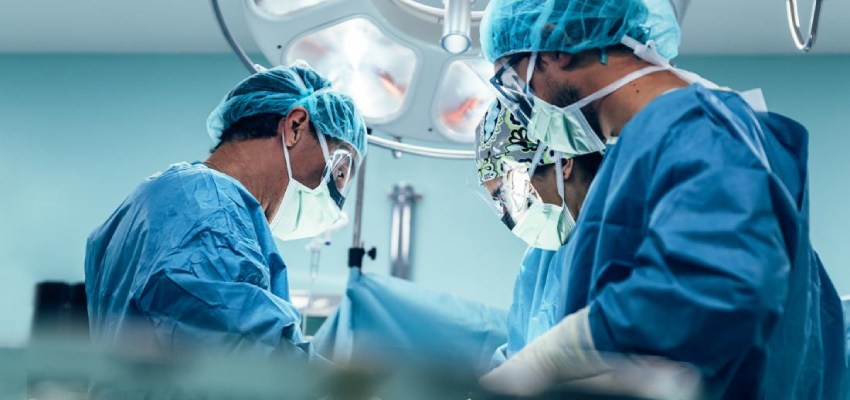
Although there is currently no cure for anal cancer, advances in medical research and the availability of therapeutic alternatives have significantly improved the prognosis for a significant number of patients. The following are some encouraging recent developments:
Immunization against HPV
- In many cases, the best treatment is prevention. Being vaccinated against the human papillomavirus (HPV) can dramatically lower one’s chance of developing oral cancer.
- Vaccines against HPV, such as Gardasil 9, protect against the HPV strains that cause the most prevalent cases of cancer.
- The suggested immunisation schedule should be followed by both boys and girls.
Enhancement of Screening Methods and Earlier Detection
- The early diagnosis of anal cancer precursors such as anal intraepithelial neoplasia has been improved because of developments in screening procedures such as high-resolution anoscopy (HRA) and anal cytology (AIN).
- Early detection allows for rapid intervention, which may minimise the chance of developing anal cancer, and it also allows for early detection.
Individualized medical treatment
- Recent developments in genomic testing have allowed for the creation of individualised treatment programmes that take into account the distinctive genetic makeup of each patient.
- This strategy intends to get the most possible therapeutic benefit with the fewest possible adverse effects.
Here is chemotherapy cost.
The Expenses Involved in Making a Diagnosis of Anal Cancer
Even if there is reason for optimism regarding developments in medical technology and treatment alternatives, there is still the matter of the price involved.
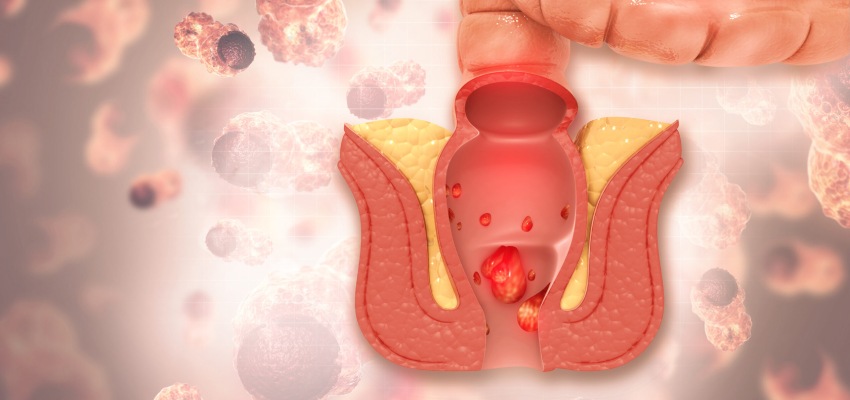
Patients may experience significant financial strain as a result of the cost of diagnosing and treating anal cancer. The following is a rundown of some of the expenditures that will be incurred:
The Expenses of Diagnostics
- A biopsy normally costs between $500 and $1,000, although this number can vary based on a number of factors including the location of the healthcare provider as well as other considerations.
- Imaging Tests The price of a CT scan, MRI scan, or PET scan can range anywhere from $1,000 to $5,000 or even higher, depending on the type of scan and the location at which it is conducted.
- The price of an anoscopy can range anywhere from $200 to $1,000, based on elements such as the geographical location of the patient and the costs charged by the healthcare practitioner.
- Endorectal Ultrasound price tag for this operation might range anywhere from $500 to $2,000 depending on the particulars of the patient’s case.
The Financial Impact of Care
- Surgery: The cost of surgery can vary greatly depending on the kind of treatment that is performed and whether or not it involves an overnight stay in the hospital. For instance, the price tag for an abdominoperineal resection (also known as an APR) might be anywhere from $10,000 to $30,000 or even more.
- Radiation Therapy: The total cost of radiation therapy for a full course of treatment can range anywhere from $10,000 to $30,000 or even more, depending on the number of sessions required and whether or not it is coupled with any other types of treatment.
- Chemotherapy: The cost of chemotherapy can vary significantly based on the medications that are utilised and the number of times that treatment is administered. There is a possibility that it may be anything from a few thousand dollars and tens of thousands of dollars.
Immunotherapy and targeted therapy are two relatively new types of treatment that may be very pricey, typically running tens of thousands of dollars for a single treatment term.
You should also know – Root canal treatment cost in India
Expenses Associated with Continued Observation and Monitoring
Following the completion of the primary treatment, patients may need to attend routine follow-up consultations, have imaging scans, and participate in laboratory testing in order to be monitored for recurrence or complications.
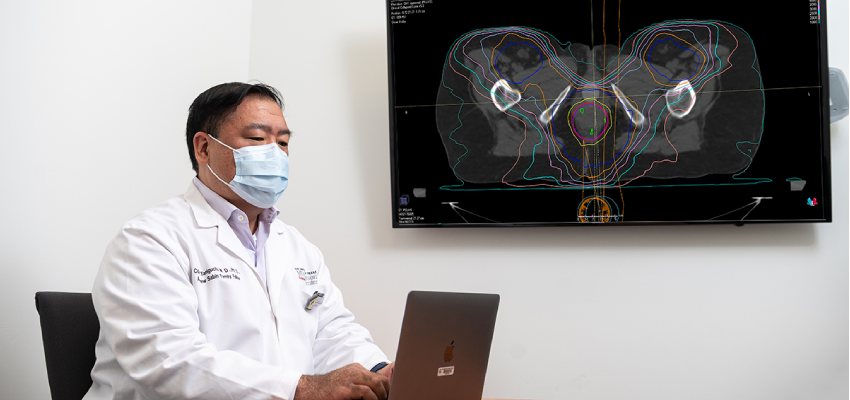
These recurring costs for medical treatment have the potential to mount up over time. Although it’s not as frequent as other kinds of cancer, anal cancer is nevertheless a major cause for concern when it comes to people’s health.
In order to recognise it early and effectively manage it, it is essential to have a solid understanding of its causes, symptoms, diagnostic procedures, and treatment choices.
Those who have been diagnosed with anal cancer are able to focus on their health and well-being rather than the financial load if they have properly planned ahead and have access to a variety of financial options.
The related expenditures can be intimidating. There is still a significant amount of optimism regarding the prospect of better treatment outcomes and perhaps a potential cure for anal cancer, despite the ongoing progress of medical research.
Screenings at regular intervals, immunisation against HPV, and early intervention will continue to play important roles in mitigating the effects of this disease on individuals and the families they come from.
Also read about – Skin whitening treatment
Treatment Cost
Treatment Cost of Anal Cancer

The diagnosis and treatment of oral cancer can be a crushing financial burden for patients and their families. The following are some ways that can assist in the management of these costs:
Also read – Leucoderma treatment
Insurance for Medical Care
- Check the Details of Your Coverage: Become familiar with the specifics of your health insurance policy, such as your deductibles, copayments, and maximum out-of-pocket costs. Be aware of any restrictions for pre-authorization that may apply to particular therapies.
- The appeal was unsuccessful Claims: You have the ability to file an appeal with your insurance company in the event that they reject your claim. When navigating the appeals process, it is important to work closely with the billing department of your healthcare provider.
- Think about the Medicaid or Medicare programmes: These government programmes may be able to give considerable financial support for cancer treatment if you qualify and meet the requirements.
Programs for Receiving Financial Support
- Groups That Don’t Take Any Profit: There are several non-profit organisations, such as the American Cancer Society and CancerCare, that provide financial assistance programmes to help cover costs associated with treatment.
- Programs for Help with Drugs: Several pharmaceutical firms provide patient assistance programmes in order to assist patients with the financial burden of purchasing costly drugs.
- Engage in Haggling Over Your Medical Expenses: Don’t be afraid to negotiate the cost of your medical bills with the providers of your treatment. They could be ready to provide discounts or formulate a payment plan in order to lower the overall cost of the therapy.
- Get the Advice of Legal and Financial Professionals: You might want to discuss your options with a financial advisor or a social worker who specialises in cancer treatment. They will guide you through the complicated financial elements of cancer treatment and help you locate possible sources of aid.
- Participate in various clinical trials: It is possible to have access to cutting-edge therapies at a reduced cost or at no cost at all by participating in a clinical study. Talk about this alternative with the members of your healthcare team.
Also consider reading the liver transplant cost in india.